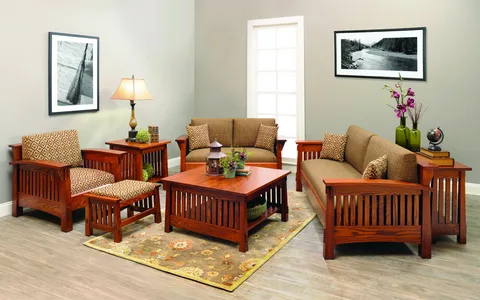When it comes to creating a home or workspace, the arrangement of furniture can significantly influence how a room feels and functions. Understanding the psychology of furniture placement: designing spaces that feel right can transform an ordinary room into a sanctuary of comfort and productivity. This article explores the psychological principles behind furniture arrangement and offers practical tips to make your spaces feel just right.
Understanding the Psychology Behind Furniture Placement
The way we place furniture isn’t just about aesthetics or maximizing space. It’s deeply connected to how humans perceive comfort, safety, and social interaction. Psychologists have found that certain furniture arrangements can either encourage connection or isolation, relaxation or stress.
For instance, a living room where chairs face each other fosters conversation and bonding, while seating arranged around a focal point like a fireplace or television creates a shared experience. This is why the psychology of furniture placement: designing spaces that feel right is crucial for creating environments that support our emotional and social needs.
Key Principles of Effective Furniture Placement
Balance and Symmetry
Our brains are wired to appreciate balance. Symmetrical furniture arrangements create harmony and a sense of order, which can reduce anxiety and enhance relaxation.
Flow and Movement
A room should allow easy movement without obstruction. Clear pathways make a space feel open and inviting, supporting a natural flow that can reduce stress and frustration.
Focal Points and Anchoring
Every room benefits from a focal point—be it a fireplace, a piece of art, or a window with a view. Placing furniture around this anchor helps to create a sense of purpose and comfort.
Applying the Psychology of Furniture Placement in Different Spaces
Living Rooms
In living areas, the goal is often to promote social interaction while ensuring comfort. Group seating in a circle or semi-circle invites conversation, while keeping enough distance respects personal space.
Bedrooms
For bedrooms, the furniture placement should emphasize restfulness. Positioning the bed so that it’s visible from the door but not directly in line with it can increase feelings of security and calm.
Workspaces
In work environments, desk placement matters. Facing the door can reduce anxiety, and having natural light nearby can boost mood and productivity, key components of the psychology of furniture placement: designing spaces that feel right.
Conclusion
Mastering the psychology of furniture placement: designing spaces that feel right can profoundly impact your well-being and how you experience your environment. By considering human behavior and psychological comfort, you can create rooms that are not only beautiful but also nurturing and functional.


